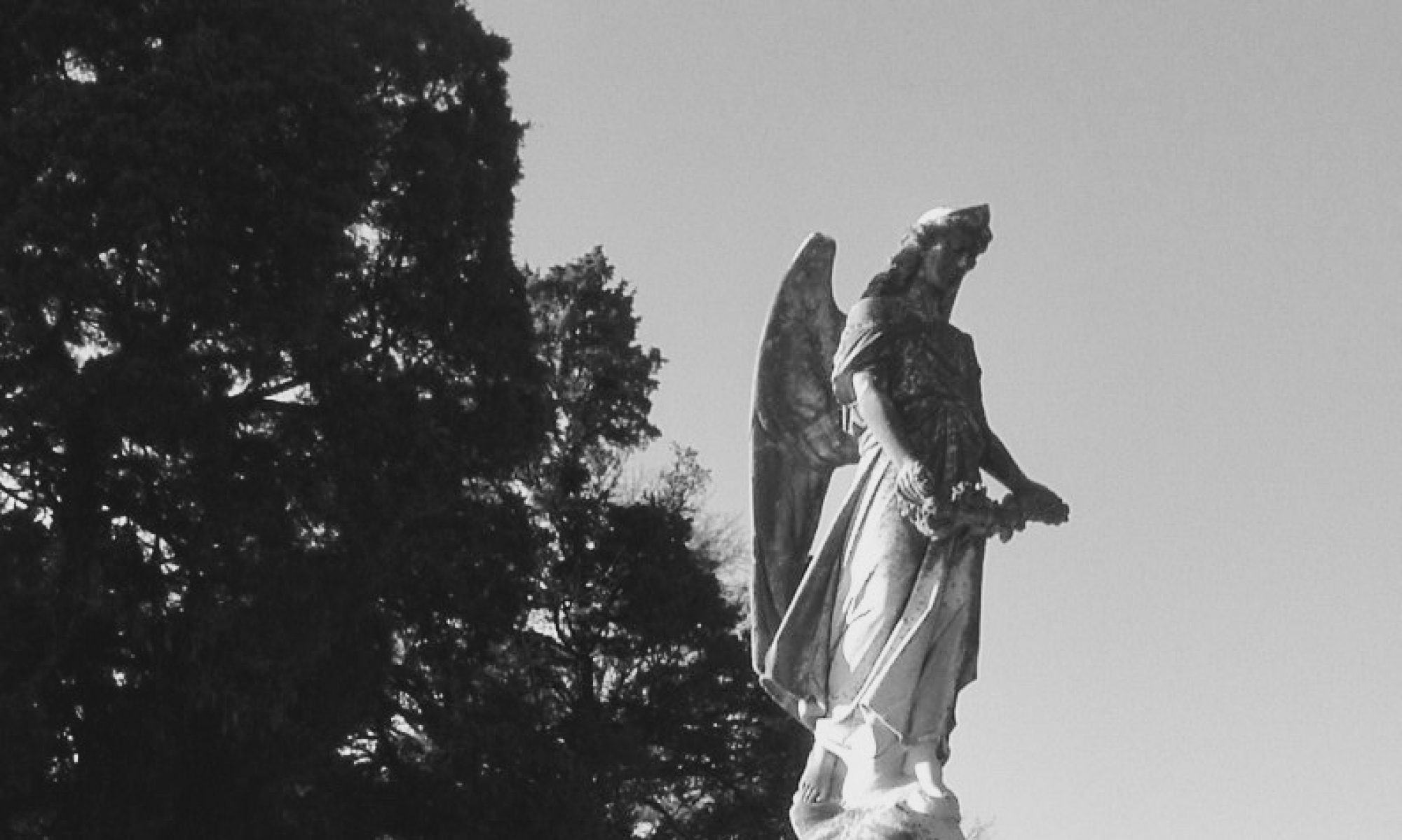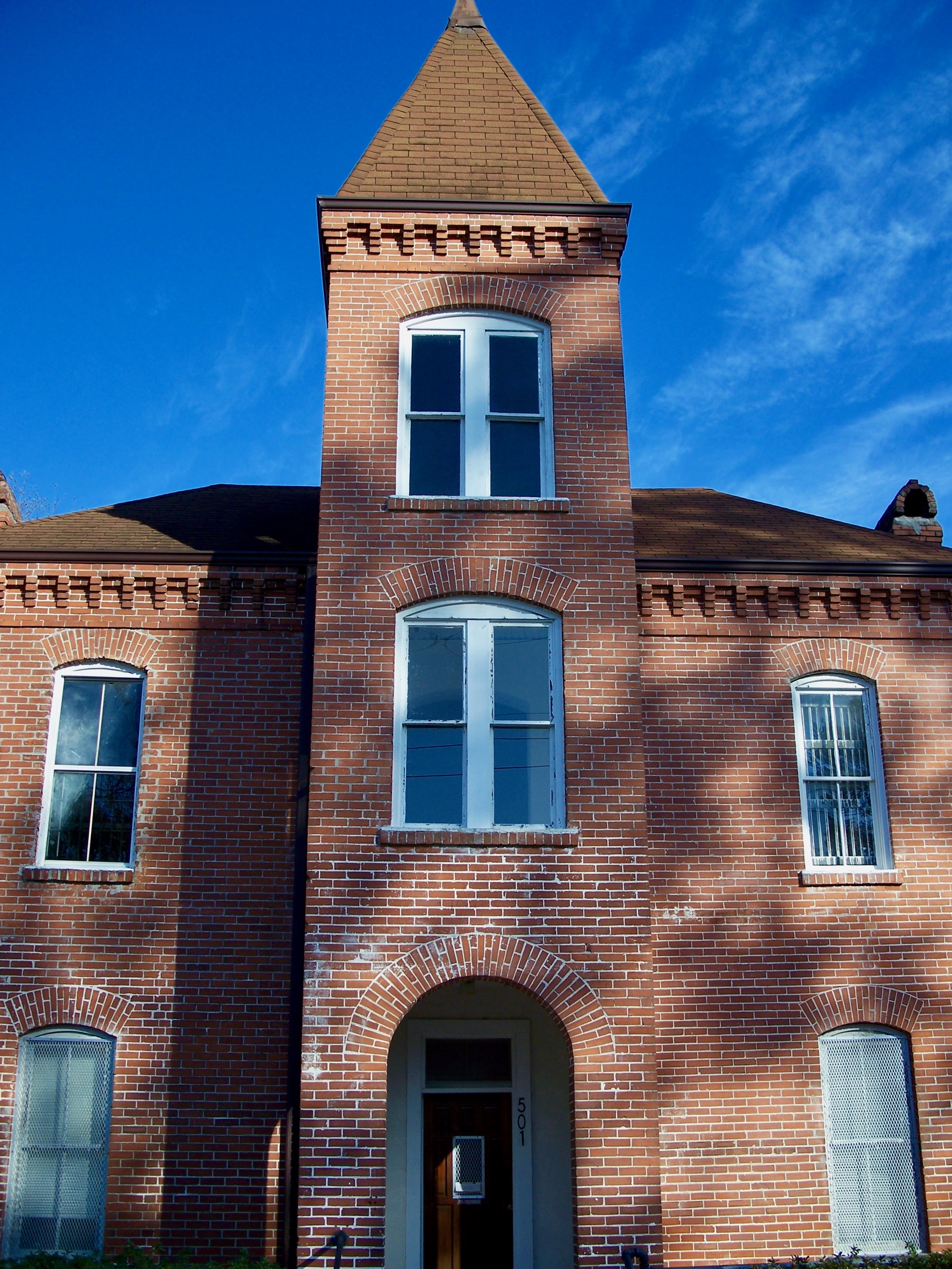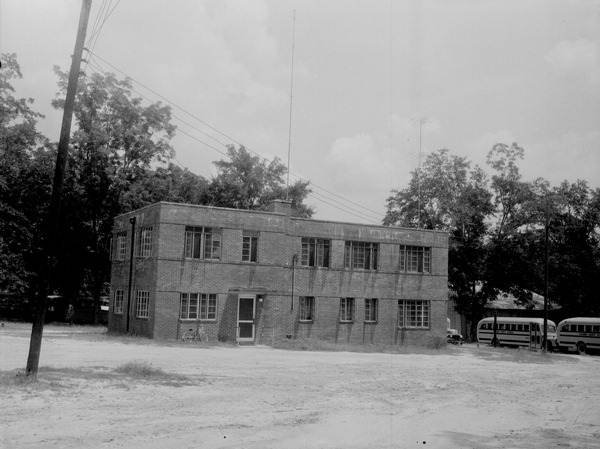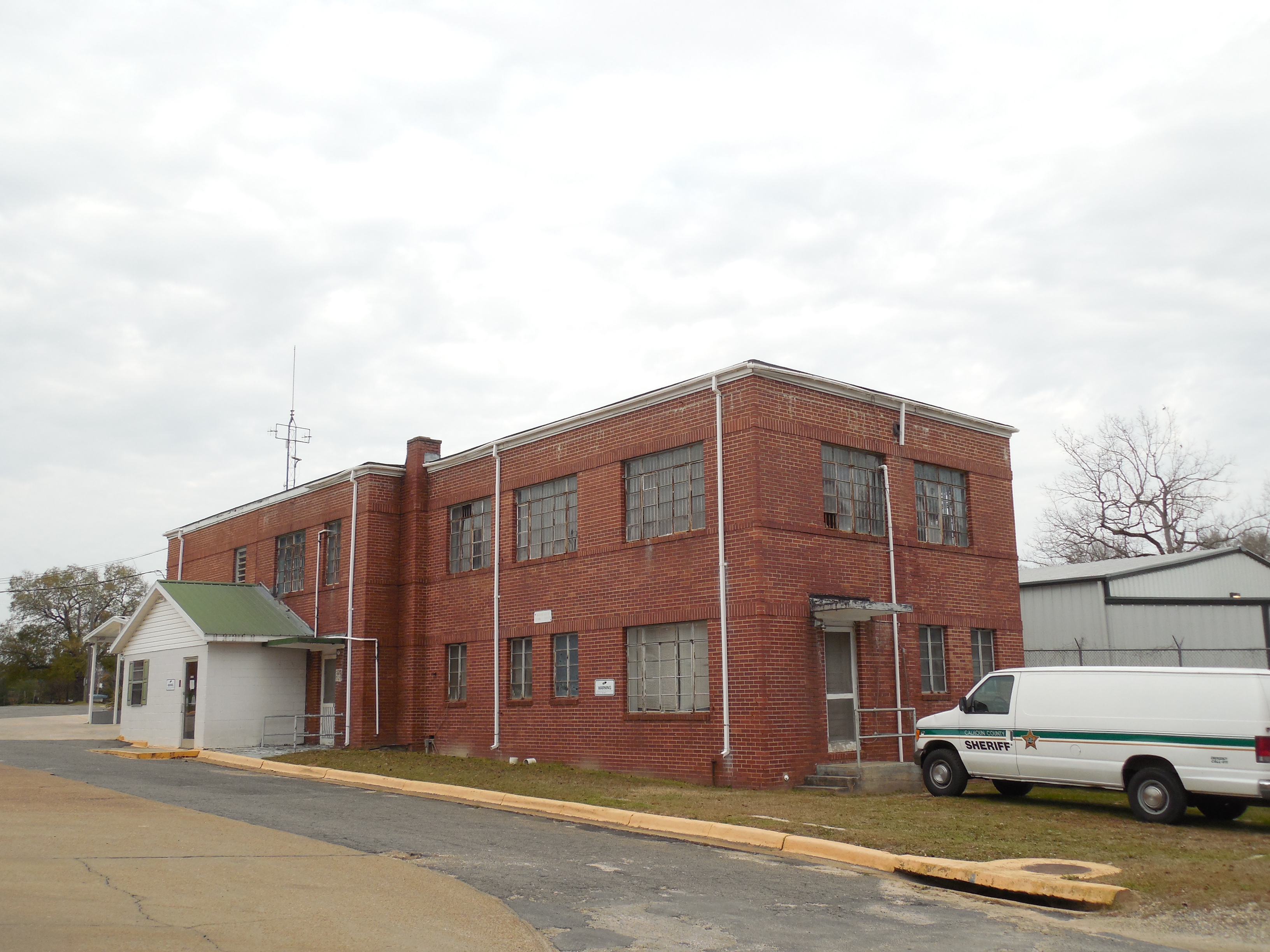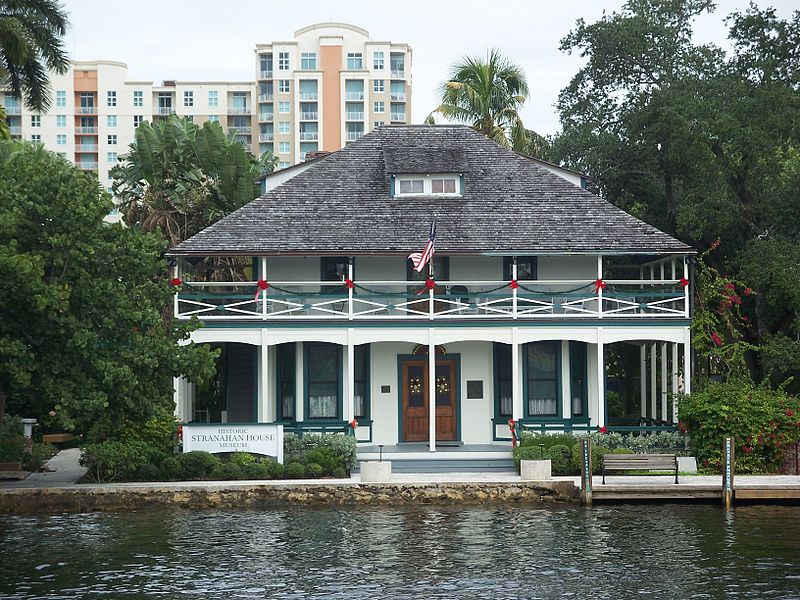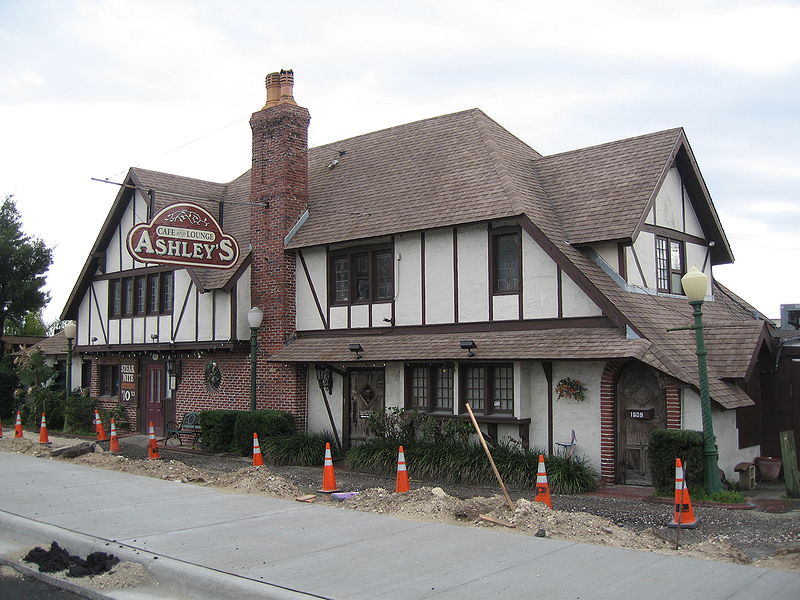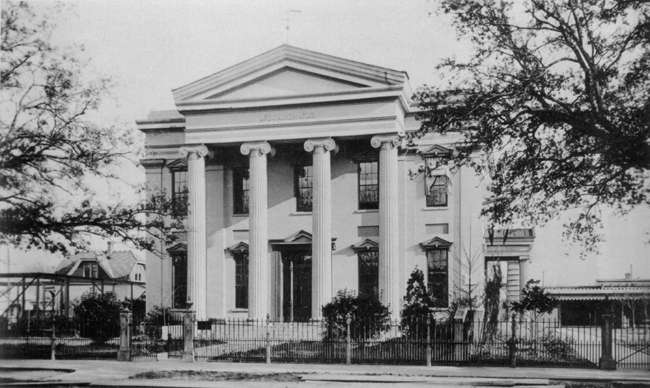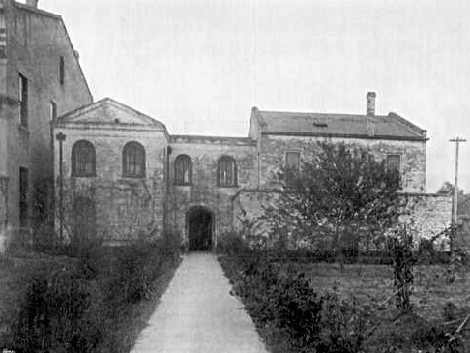Virginia possesses a vast history; subsequently, it could be described as one of the most paranormally active states in the country. This is a selection of some of the more interesting hauntings throughout the Old Dominion.
Aquia Church
2938 Jefferson Davis Highway
Stafford

As with many of Virginia’s great landmarks, Aquia Church has a ghost story attached. The legend tells of a young woman murdered in this National Historic Landmark church at some time in the eighteenth century and her body hidden in belfry. Accordingly, her spirit descends from the belfry at night and has been witnessed by many over the centuries. One caretaker also spoke of seeing shadowy figures among the tombstones in the graveyard. The current Aquia Church building was built in 1751 and destroyed by fire just before the construction was complete. Using the remaining brick walls, the church was rebuilt in 1757.
Sources
- Driggs, Sarah S., John S. Salmon and Calder C. Loth. National Register of Historic Place Nomination form for Aquia Church. Listed 12 November 1969.
- Lee, Marguerite DuPont. Virginia Ghosts, Revised Edition. Berryville, VA: Virginia Book Company, 1966.
- Taylor, L. B., Jr. The Ghosts of Virginia. Progress Printing, 1993.
Assateague Lighthouse
Assateague Island
In terms of books documenting the spiritual residents of the state, Virginia has an embarrassment of riches. Marguerite DuPont Lee can be noted as one of the first authors to document many of Virginia’s ghosts in her 1930 book, Virginia Ghosts. More recently, L.B. Taylor, Jr. has published some 22 volumes covering the state. Most recently, Michael J. Varhola published his marvelous Ghosthunting Virginia and it is that book that documents the haunting surrounding the Assateague Island and its lighthouse.
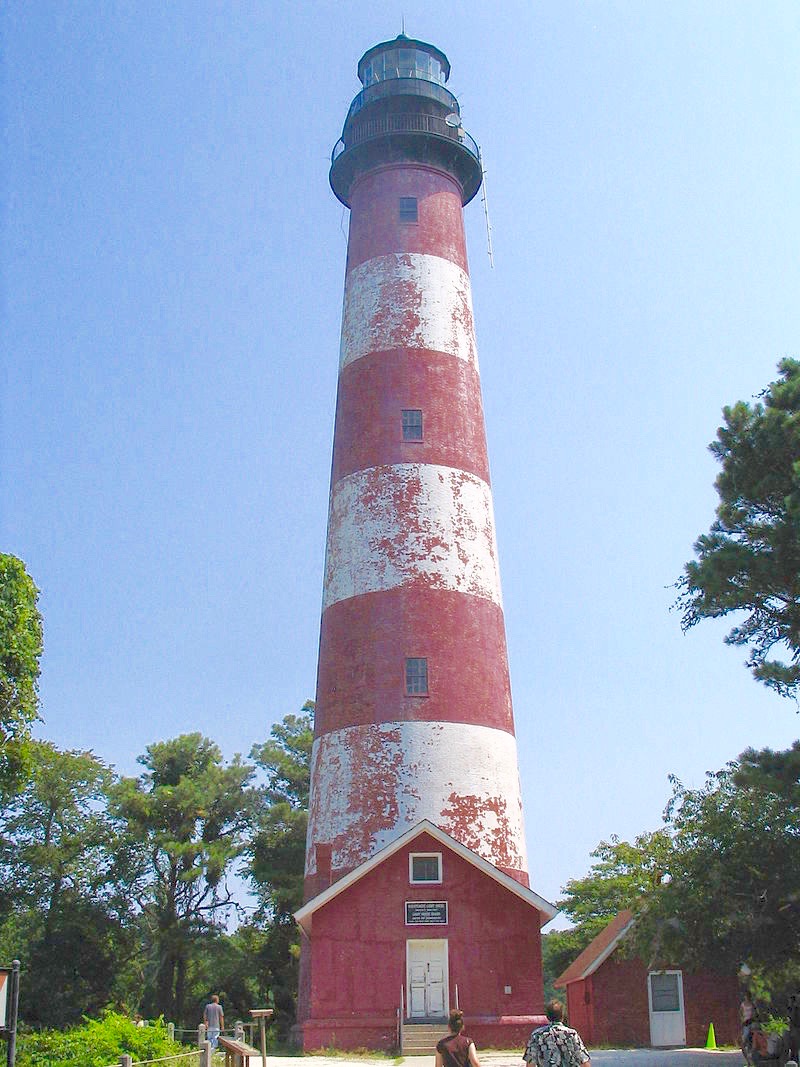
Assateague Island is a barrier island along the coast of Maryland and Virginia. Much of the island is now Assateague Island National Seashore with parts of Assateague State Park and Chincoteague National Wildlife Refuge. The island is famous for its feral horses, descendants of the horses aboard the Spanish ship, La Galga, which wrecked just off the island in 1720. It is said the spirits of the humans who died in the wreck still comb the beach near the Assateague Lighthouse. The lighthouse, constructed in 1866 and first lit the following year to replace an earlier lighthouse from 1831, may also have some spiritual activity related to it. Varhola cites a National Park Service employee who tells of the door to the lighthouse being found mysteriously unlocked.
Sources
- Assateague Island. Wikipedia, the Free Encyclopedia. Accessed 10 March 2011.
- Varhola, Michael J. Ghosthunting Virginia. Cincinnati, OH, Clerisy Press, 2008.
- Virginia Historic Landmarks Commission Staff. National Register of Historic Place Nomination form for Assateague Lighthouse. December 1972.
Bacon’s Castle
465 Bacon’s Castle Trail
Surry

Bacon’s castle ranks highly on a number of lists. It’s described as the only Jacobean house in America and one of three in the Western Hemisphere; one of the oldest buildings in the state of Virginia and the oldest brick home in the United States. Indeed, it may be one of the oldest haunted houses in the US as well. Researchers in 1999 dated tree rings on some of the home’s beams and determined the house was constructed around 1665. Originally called Allen’s Brick House, the house acquired its current name during Bacon’s Rebellion in 1676 when some of Nathaniel Bacon’s supporters took over the house. The house, which has survived and witnessed centuries of American history, is now a house museum.
As for the ghosts, this house may possess many. The final private owner of the house, Mrs. Charles Walker Warren, told many tales of the house involving doors opening and closing by themselves and footsteps that were heard. Certainly, the most well-known phenomena regarding Bacon’s Castle is the red fireball that has been seen rising from the house and disappearing in the churchyard of Old Lawne’s Creek Church nearby.
Sources
- Barisic, Sonja. “Houses’ ‘Bones’ Yield Secrets of Its History.” The Richmond Times-Dispatch. 19 December 1999.
- Brown, Beth. Haunted Plantations of Virginia. Atglen, PA: Schiffer, 2009.
- Melvin, Frank S. National Register of Historic Place Nomination form for Bacon’s Castle. Listed 15 October 1966.
- Taylor, L. B., Jr. The Ghosts of Virginia. Progress Printing, 1983.
- Tucker, George. “Ghosts Long A Part of the Lore of Bacon’s Castle.” The (Norfolk, VA) Virginian-Pilot. 9 November 1998.
Belle Isle
Richmond
Originally called Broad Rock Island, Belle Isle was used for mostly industrial purposes in the nineteenth century. Mills, quarries and a nail factory appeared on the tranquil island in the James River. Notoriety came to the island in 1862 with the opening of a Confederate prisoner of war camp that was as notorious as Georgia’s dreaded Andersonville and with a huge influx of prisoners, the camp quickly descended into squalor. Prisoners lived in tents that provide little insulation from the bitter cold of Virginia winters or the heat of the summer sun and were offered little in the way of food. By 1865, most of the prisoners had been shipped to prison camps throughout the South and the island was returned to its more tranquil use as the site of a nail factory. The Old Dominion Iron and Nail works operated on the island until it closed in 1972 and many of its buildings demolished. The island became a park around that same time and has been a popular spot for hiking and jogging.

Still, remnants of the island’s past linger: the site of the prison camp is marked but little else remains while there are ruins of some of the old industrial buildings. Indeed, spirits from the islands past may also linger. There are reports from island visitors of shadow people, hearing footsteps on the trail behind them, lights in the woods at night and photographic anomalies. Author and investigator Beth Brown in her Haunted Battlefields: Virginia’s Civil War Ghosts conducted an investigation and picked up an EVP of a male voice clearly saying, “Where are we?”
Sources
- Brown, Beth. Haunted Battlefields: Virginia’s Civil War Ghosts. Atglen, PA: Schiffer, 2008.
- Dutton, David and John Salmon. National Register of Historic Place Nomination form for Belle Isle. Listed 17 March 1995.
Michie Tavern
683 Thomas Jefferson Parkway
Charlottesville

My first introduction to the Michie Tavern came through the eyes of paranormal researcher and writer Hans Holzer. Among some of the first books about ghosts I read were some of Holzer’s books and I still vividly remember reading of some of his investigations. For his books, he traveled the world with a psychic medium in tow investigating haunted and historical locations such as the Morris-Jumel Mansion in New York City and the famous house at 112 Ocean Avenue in Amityville, New York, the basis for the “Amityville Horror.” On his travels through Virginia he visited the Michie Tavern and nearby Monticello and was able, through his medium Ingrid, to find spirits still partying in the ballroom of this 1784 tavern. Staff members have reported the sounds of a party in that very room late at night.
Sources
- Holzer, Hans. Ghosts: True Encounters with the World Beyond. NYC: Black Dog & Leventhal, 1997.
- Michie Tavern. Wikipedia, the Free Encyclopedia. Accessed 10 March 2011.
Monticello
931 Thomas Jefferson Parkway
Charlottesville

In 1928, a Charlottesville preservationist purchased the Michie Tavern, an 18th century tavern in nearby Earlysville and moved it near to Thomas Jefferson’s “little mountain,” Monticello. Jefferson, perhaps one of the country’s most brilliant, enigmatic and creative presidents, designed and built his home over many years at the end of the eighteenth century and into the early nineteenth century. Over the years that the house has been open as a museum, there have been a few reports of phantom footsteps and other minor incidents including the occasional sound of someone cheerfully humming.
Sources
- Holzer, Hans. Ghosts: True Encounters with the World Beyond. NYC: Black Dog & Leventhal, 1997.
- Monticello. Wikipedia, the Free Encyclopedia. Accessed 10 March 2011.
- Varhola, Michael J. Ghosthunting Virginia. Cincinnati, OH, Clerisy Press, 2008.
Octagon House (Abijah Thomas House)
631 Octagon House Road
Marion
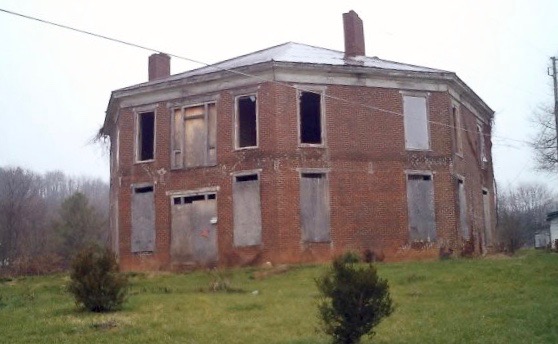
In a state of magnificently preserved historical homes, it is surprising to find a magnificent architectural gem like the Abijah Thomas House standing forlornly unrestored. Neglect and vandalism by teenagers out for a “scare” have also taken their toll on this home. The octagon house style found prominence in the middle of the nineteenth century and currently only a few hundred to a few thousand (sources differ) survive. This particular house, described in its National Register of Historic Places nomination form as “the finest example in Virginia of a 19th-century octagonal house,” also has a number of legends about it. According to Michael Varhola, the internet is full of these legends that seem scary but are unlikely to be true. Certainly, this old house is creepy in its deteriorated state, but it really needs a professional investigation.
Sources
- Octagon houses. Wikipedia, the Free Encyclopedia. Accessed 10 March 2011.
- Varhola, Michael J. Ghosthunting Virginia. Cincinnati, OH, Clerisy Press, 2008.
- Virginia Historic Landmarks Commission Staff. National Register of Historic Place Nomination form for Abijah Thomas House. Listed 28 November 1980.
Old 97 Crash Site
Riverside Drive (US 58) between Farrar Street and Highland Court
Danville
This site has been broken out into an all new article. See my entry, “What a jump he made”–Danville, Virginia.
Rosewell
5113 Old Rosewell Lane
Gloucester

The magnificent main house at Rosewell burned in 1916, but it is hardly a distant memory. The brick wall still stands, and archaeological excavations have uncovered the remains of items that were inside the house during the fire. Construction began in 1725 and the house was completed in 1738 for the powerful Page family. The power of the Page family extended into the nineteenth century and included friendships with people such as Thomas Jefferson who legend says drafted the Declaration of Independence within the walls of Rosewell. The ruins have been preserved as a historic site and still attract visitors and spirits. An old legend speaks of a woman in red seen running down the remains of the house’ front stairs with the sound of slaves singing has also been heard.
Sources
- Brown, Beth. Haunted Plantations of Virginia. Atglen, PA: Schiffer, 2009.
- Lee, Marguerite DuPont. Virginia Ghosts, Revised Edition. Berryville, VA: Virginia Book Company, 1966.
